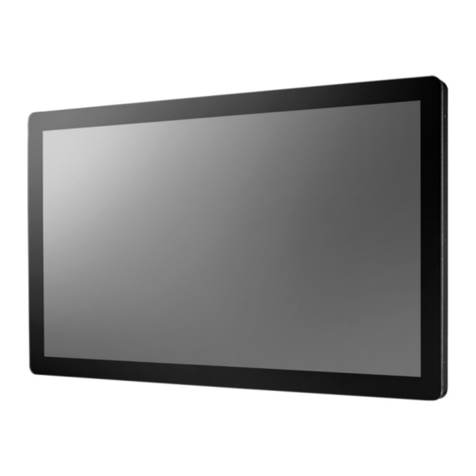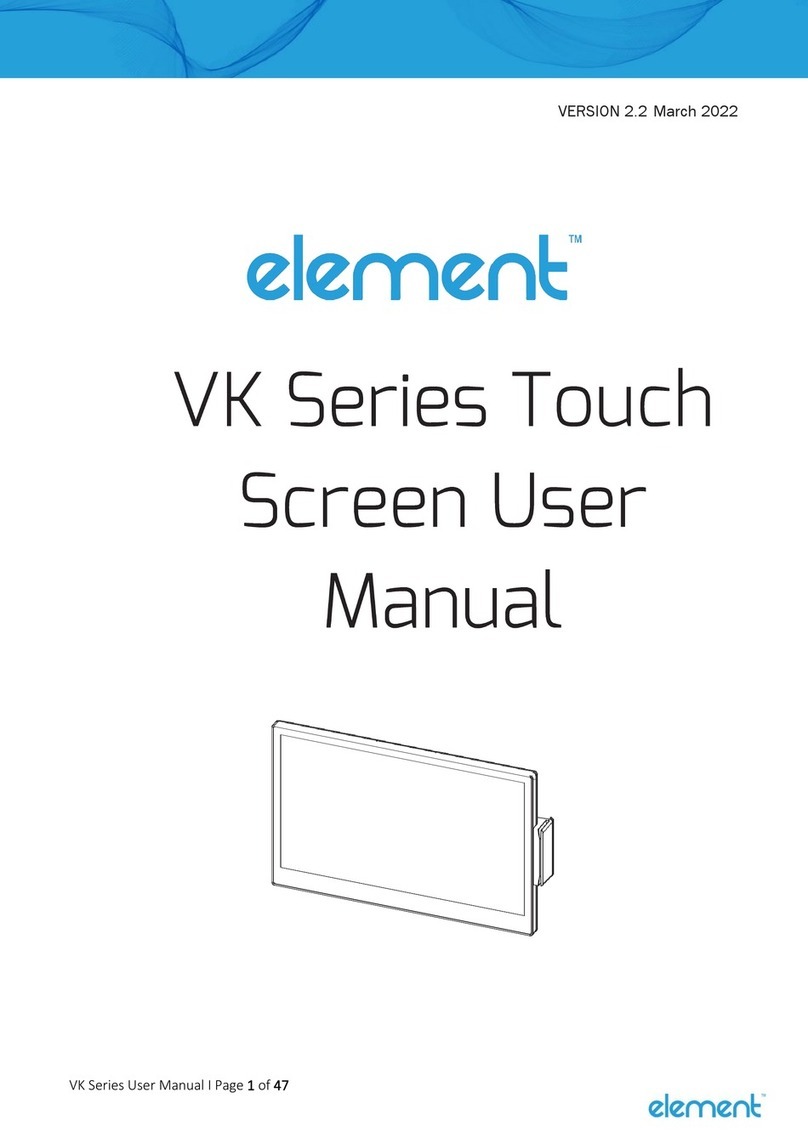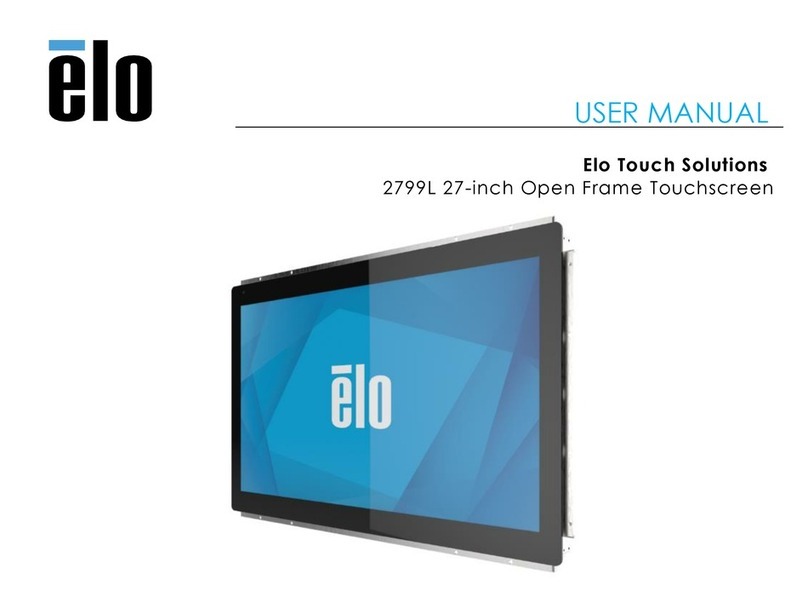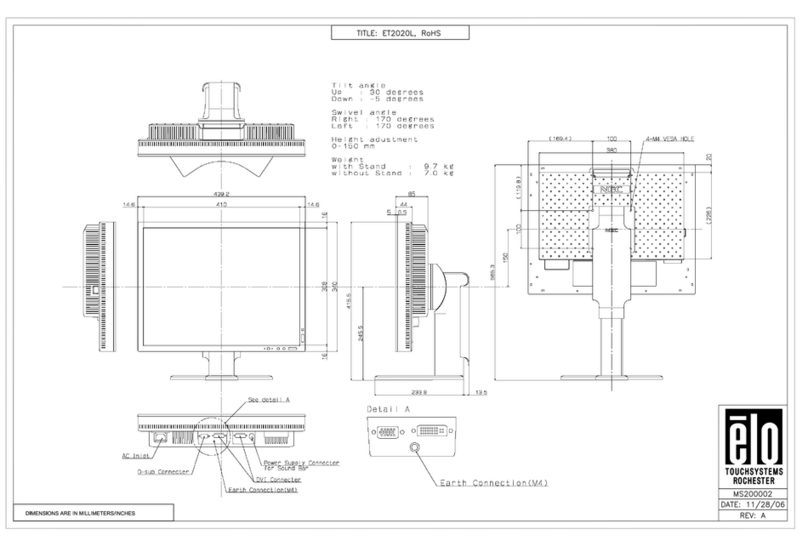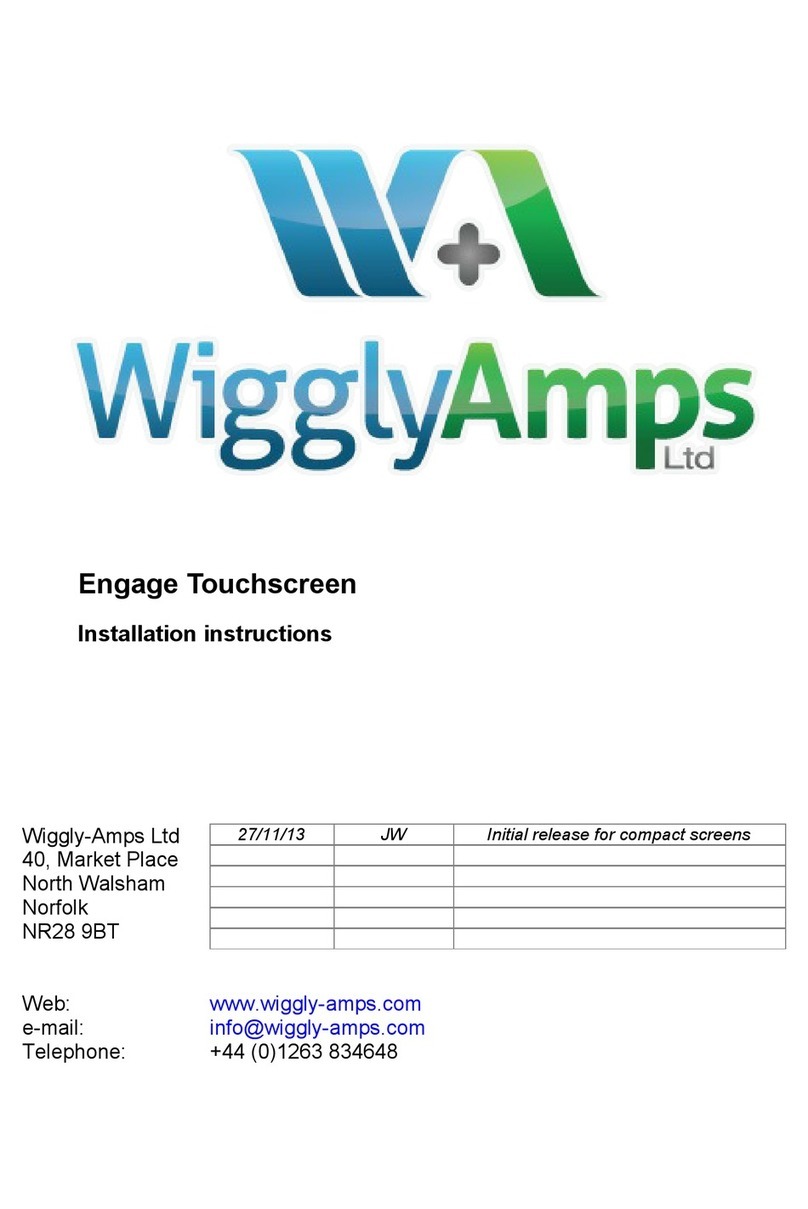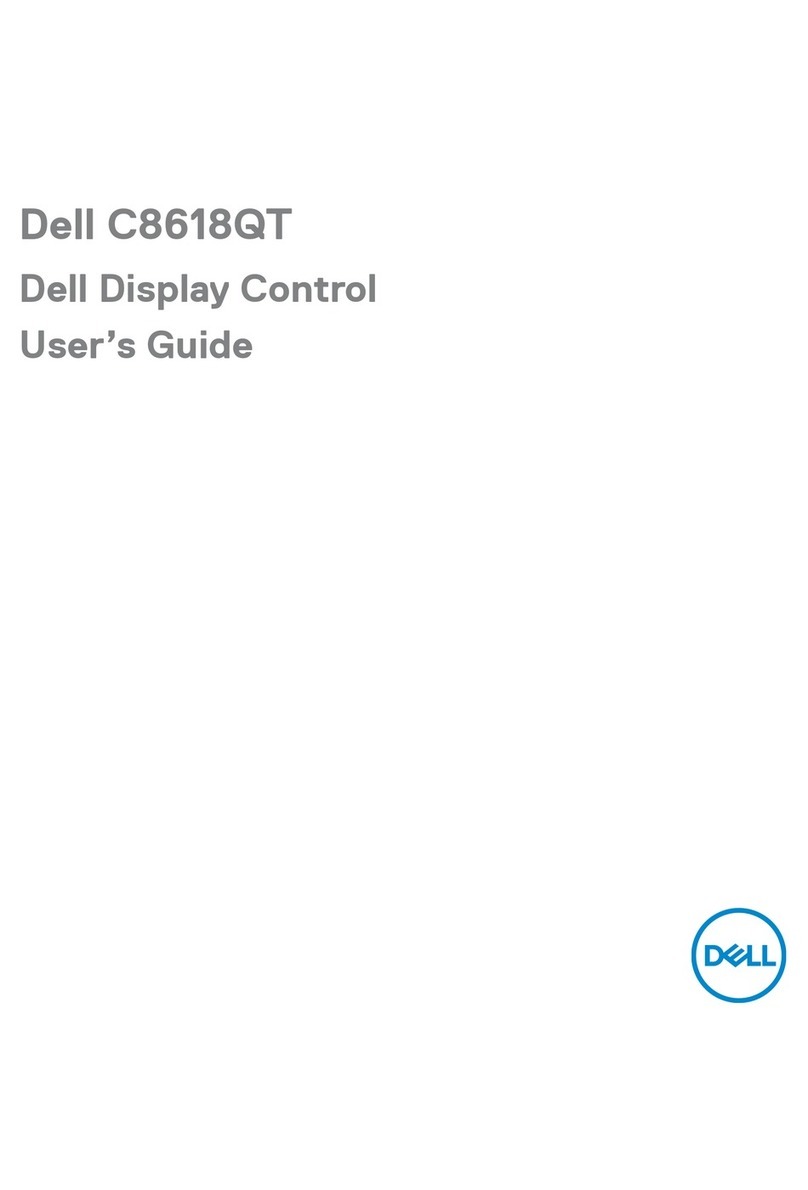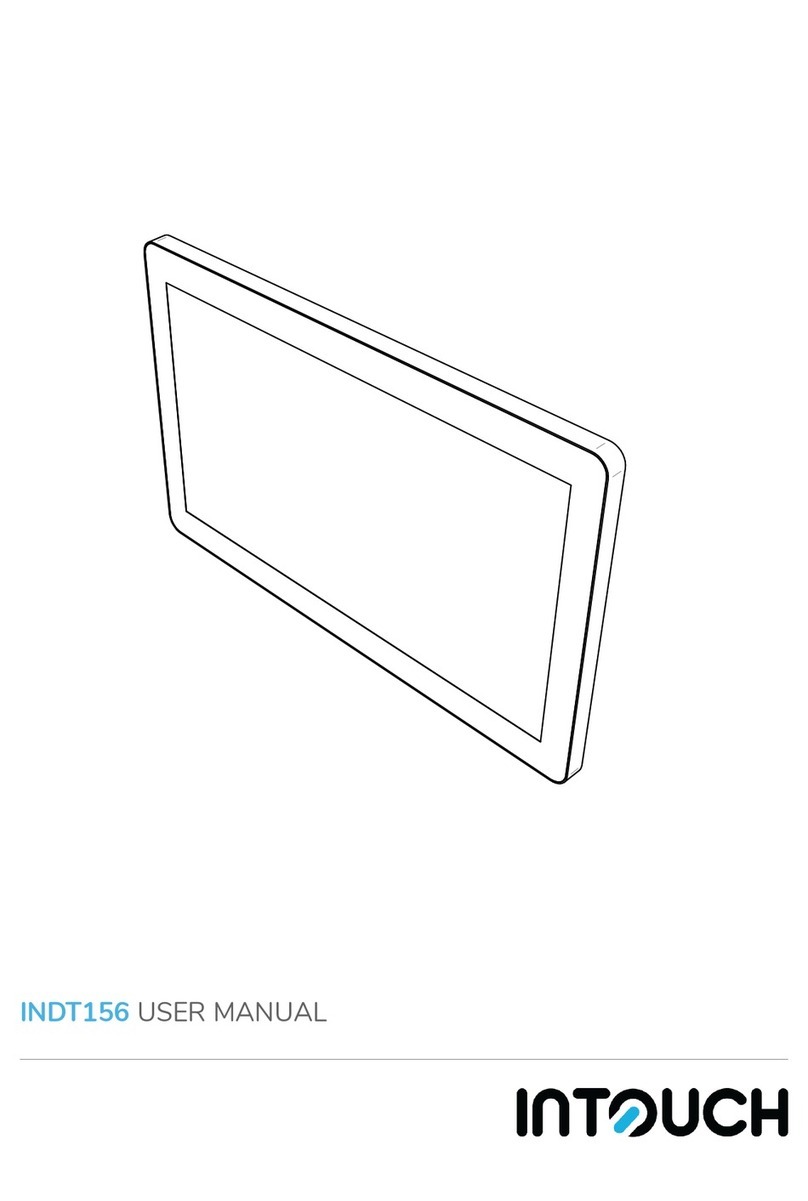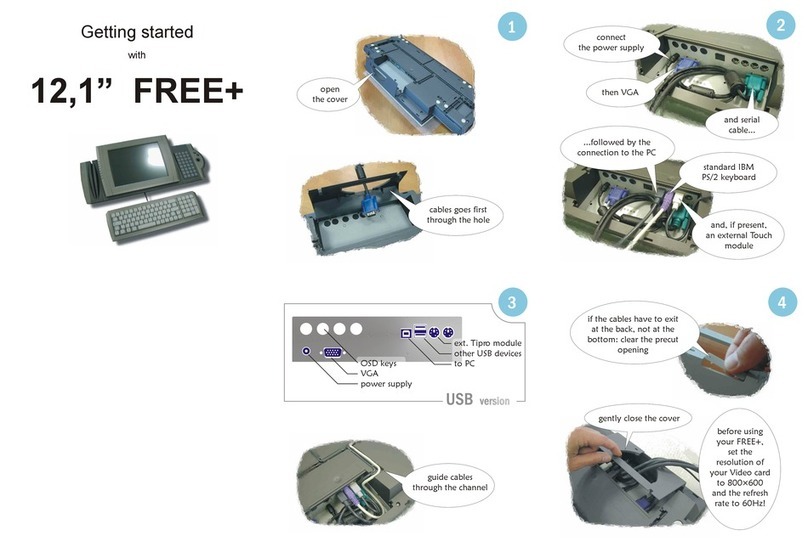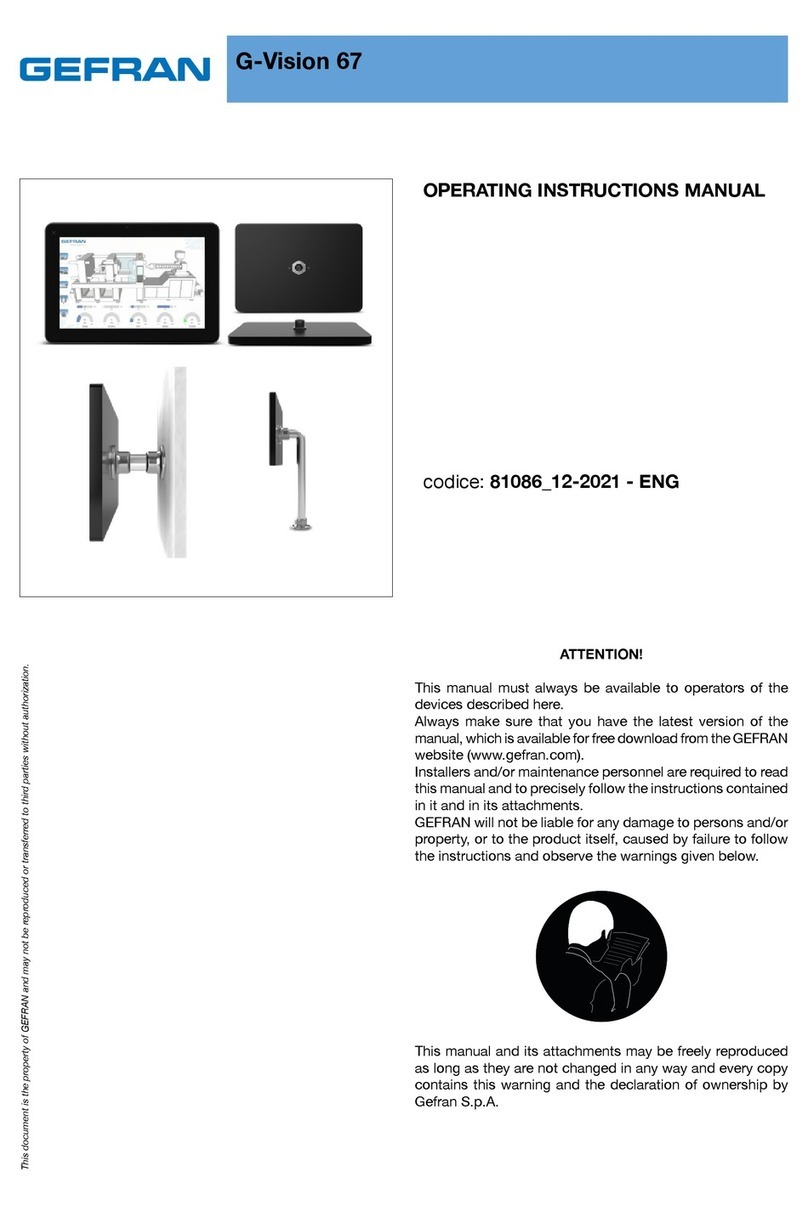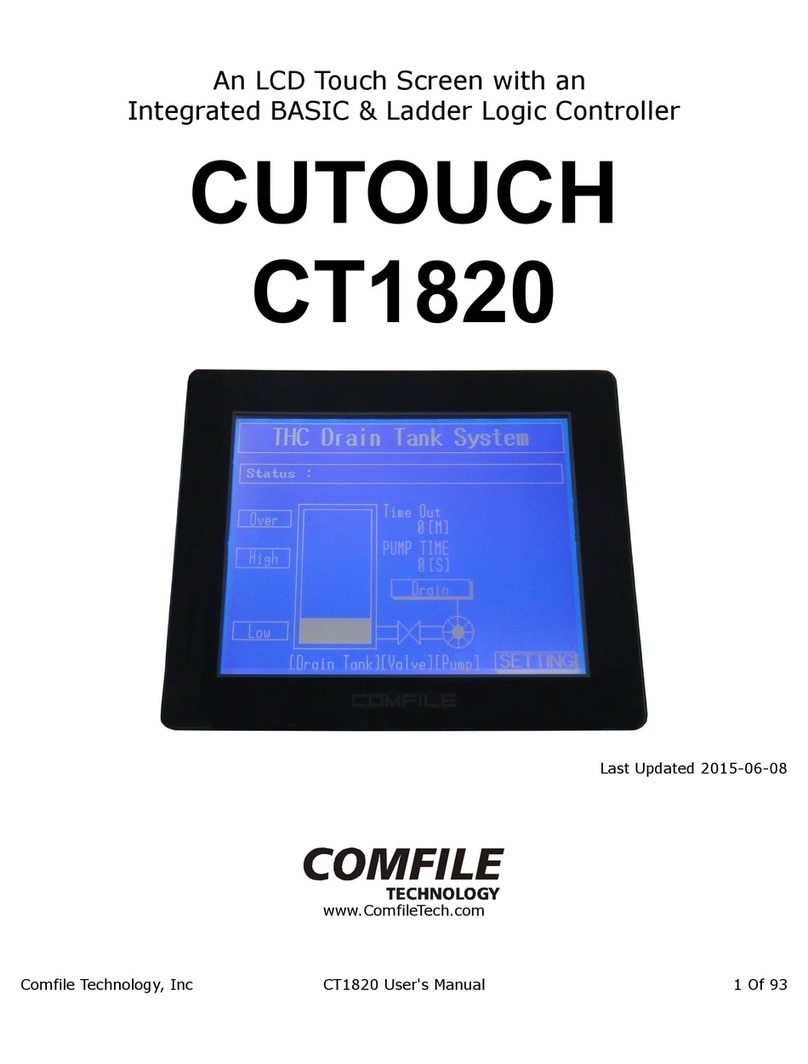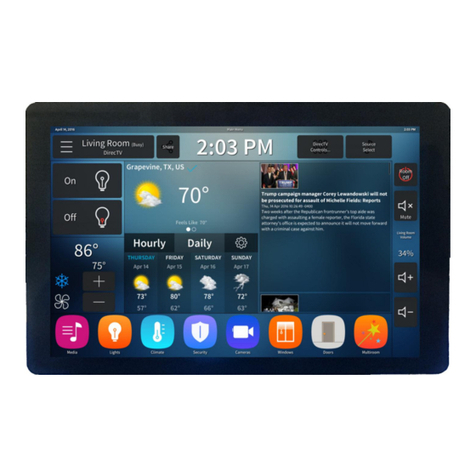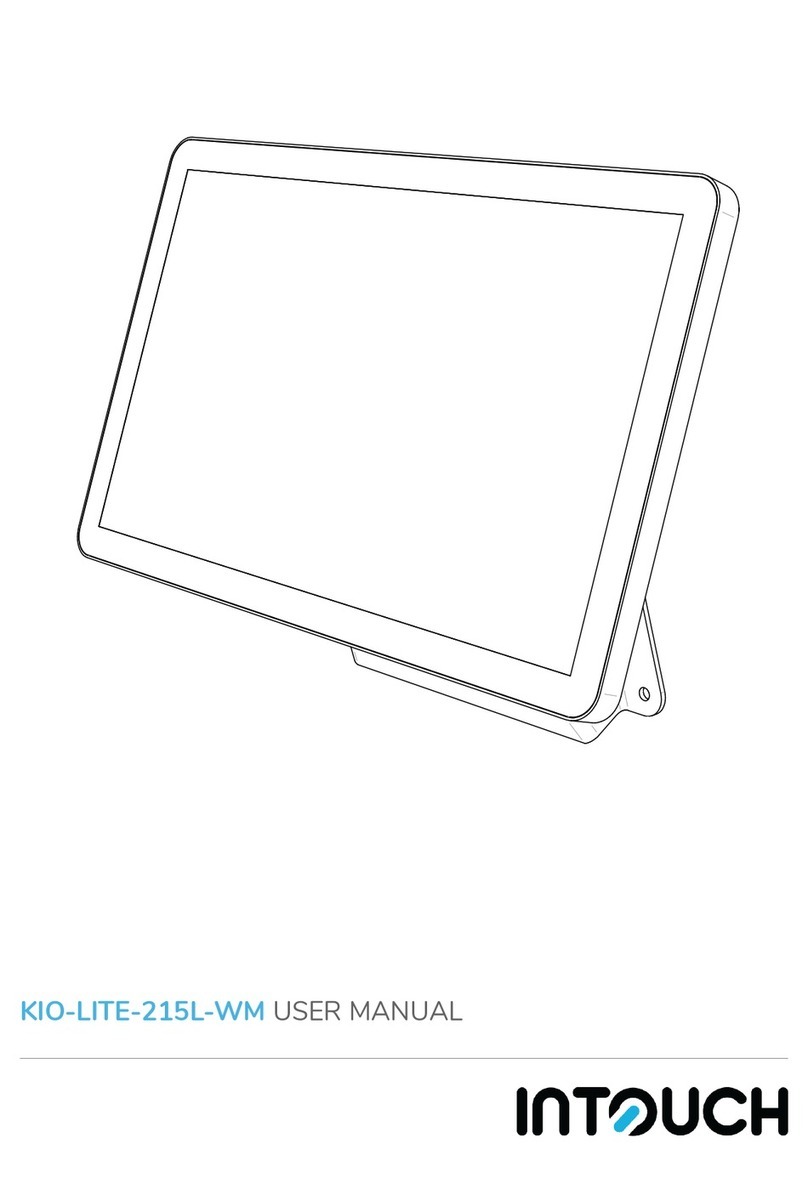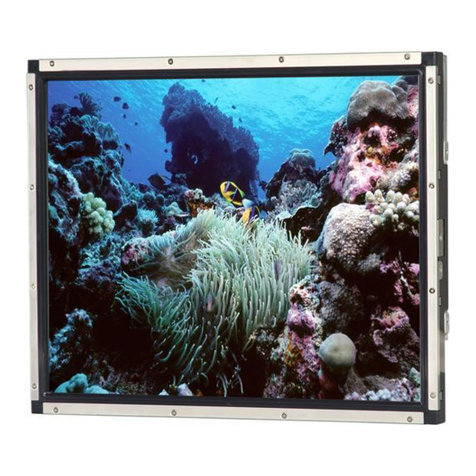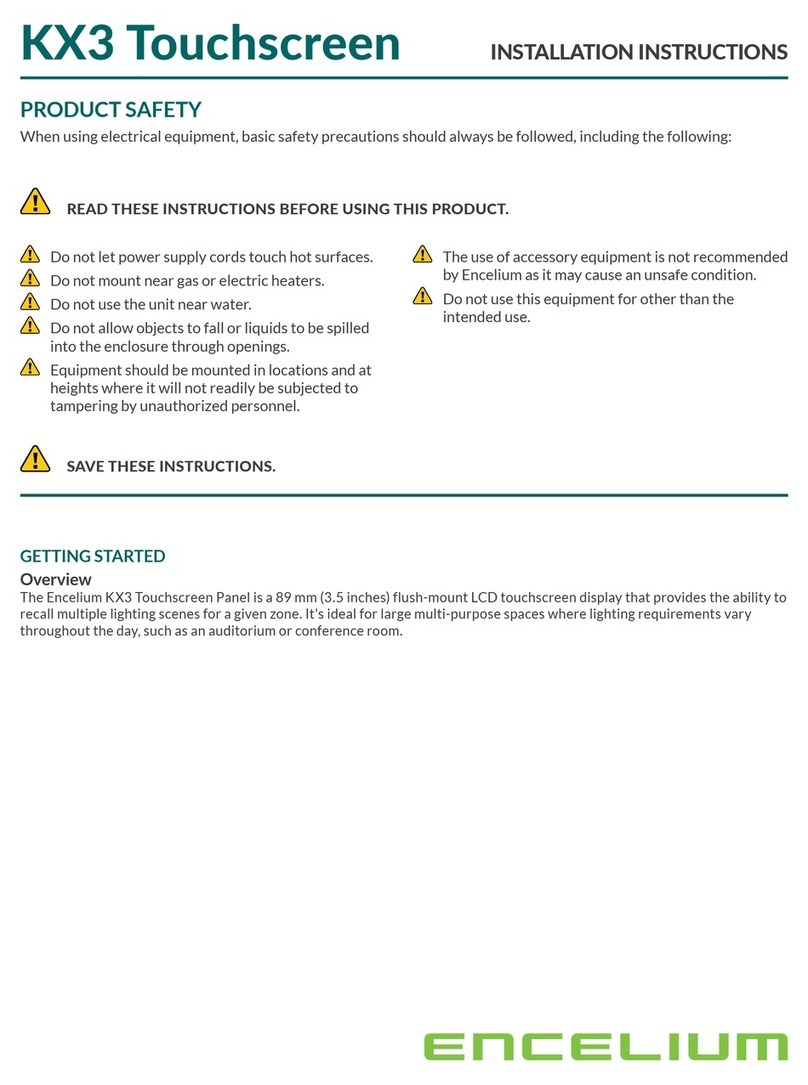5
Product Description ....................................................................................................... 7
LCD Monitor Performance Features ............................................................................. 7
TFT LCD Monitor Panel......................................................... .................................. 7
External Medical Grade Power Adaptor..................................................................... 7
INSTALLATION AND SETUP ......................................... ..... ..................................... 8
Unpacking Your Touchmonitor...................................................................................... 8
Product Overview .......................................................................................................... 8
Front View ........................................................................................ .........................9
Rear View ................................................................................................................ 10
Side View...................................................................................... ............................10
KensingtonTM Lock................................................................ .................................... 11
USB Interface Connection ........................................................................................... 11
Replace the Cable Cover............................................................................................... 13
Optimizing the LCD Monitor ...................................................................................... 14
Installing the Touch Driver Software .......................................................................... 14
Installing the USB Touch Driver ................................................................................. 15
Installing the USB Touch Driver for Windows XP... ............................ ................ 16
OPERATION............................................................................ ..................................... 17
About Touchmonitor Adjustments .............................................................................. 17
Controls and Adjustment ............................................................................................. 17
OSD Lock/Unlock ................................................................................................... 17
Power Lock/Unlock ................................................................................................. 18
OSD Menu Functions .............................................................................................. 18
OSD Control Options (Clockwise) .......................................................................... 18
Power LED Monitor & Power Saving.......................................................................... 18
General Power Saving Mode ................................................................................... 18
Monitor Angle (desktop only) ..................................................................................... 19
TROUBLESHOOTING..................................................... ........................................... 20
Solutions to Common Problems .................................................................................. 20
NATIVE RESOLUTION .............................................. .......... .................................... 21
TOUCHMONITOR SAFETY...................................... ................................................ 22
Care and Handling of Your Touchmonitor................................................................... 22
TECHNICAL SPECIFICATIONS............................ .................................................. 22
Touchmonitor Specifications ....................................................................................... 23
CONTACT US......................................................... ...................................................... 30
Contact Us.................................................................................................................... 30
Replacement Parts......................................................................................................... 30
WARRANTY ........................................... ........ ............................................................. 31
CHAPTER
